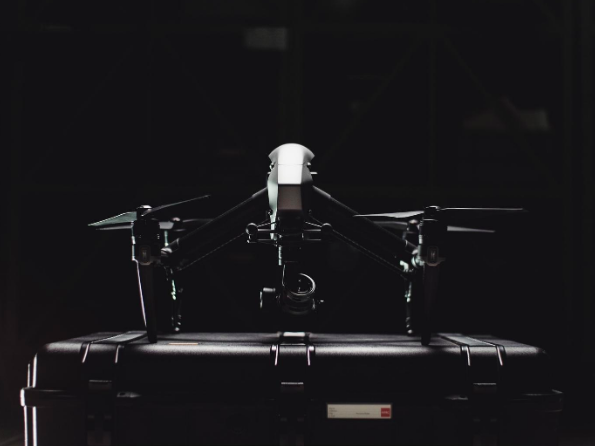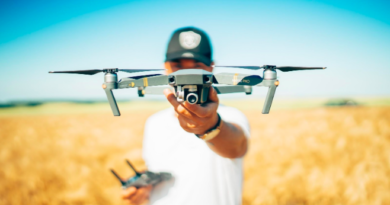How to Become a Drone Pilot
The drone industry has opened the doors to a variety of business opportunities. Whilst most drone lovers gravitate towards the more obvious business models- such as drone videography and photography services, there is a huge demand for specialized pilots.
These positions require a good level of piloting skills, industry specific knowledge, and often times a commercial certification.
In this article, we’ll show you exactly the steps to take to become a certified drone pilot and earn your first dollar as a commercial pilot.
Step 1 – Learning the basics
Every drone is different. However, of the main drone categories, quadcopters are undoubtedly the most popular type of drone.
We therefore recommend learning how to properly pilot a quadcopter before attempting to get licensed and earn money piloting.
The DJI Mavic is a great introductory drone that will allow to practice drone piloting. If you’re looking for a budget option, the Syma X5 is our recommendation.
Once you have a drone, some important skills to learn include:
- Checking pre-flight conditions
- Taking off
- Hovering
- Flying in square and circle patterns
- Yawing
- Flying at high altitude
If you are comfortable performing these actions, you are ready to pursue a certification.
Step 2 – Becoming Certified
Though not strictly necessary, getting certified will help you differentiate from the hobbyist drone pilots.
This certification is issued by the FAA, and to receive it you must pass a knowledge test at a FAA approved facility. This test is quite comprehensive and in order to pass it, taking FAA’s online training is highly recommended, perhaps even more than once.
After passing the test, you must fill out a form and validate your identity in a FAA approved entity. You’ll then receive a temporary certificate which will be replaced by a permanent one sent by email.
Once you get the certification, remember to keep it with you every time you fly your drone professionally.
The certification costs 150$ and is valid for 2 years, at which point it must be renewed.
There are further courses and certifications that will enhance your cv and improve your chances of getting a paid job. Some of the most reputable courses include:
- DARTdrones courses in Aerial Mapping, Aerial Inspections, Public Safety, Aerial Media, Aerial Security, and Aerial Real Estate
- Drone Pilots Federation Certification. This can be seen as an extension to the FAA certification.
- Fly Robotics Ground School provides a more technical course on aerodynamics and general flight theory that can be usefull for passing your FAA knowledge test.
Step 3 – Registering your drone
Depending on the type of job you’ll get, you might need your own drone.
If that is the case, you must register your drone or make sure that the company registers it for you.
This can be done online in the FAA’s website.
If your drone weights less than 0.55 pounds you can skip this step, but this will rarely be the case.
Step 4 – Getting a job as a drone pilot
You are now ready to search for a job.
But where should you look?
Well, any kind of industry specific knowledge is an advantage so if you have work experience or knowledge of the agriculture, construction, real estate, surveillance, drone delivery, or any other industry that could benefit from drone usage, search for a job in that industry.
You can look at the usual job portals such as indeed.com, linkedin, etc, for jobs containing the keyword “drone”. Indeed.com alone shows more than 3000 results.
Final thoughts
We hope that this article has helped you give the first steps as a professional drone pilot.
Getting a paid job is not an easy task and will require large amounts of drone piloting training, so our biggest advice is to get a drone and start flying!
Good luck on your drone flying journey!
Guest post by Pedro Dias, editor of centraldrones.pt, the leading Portuguese drone website.



